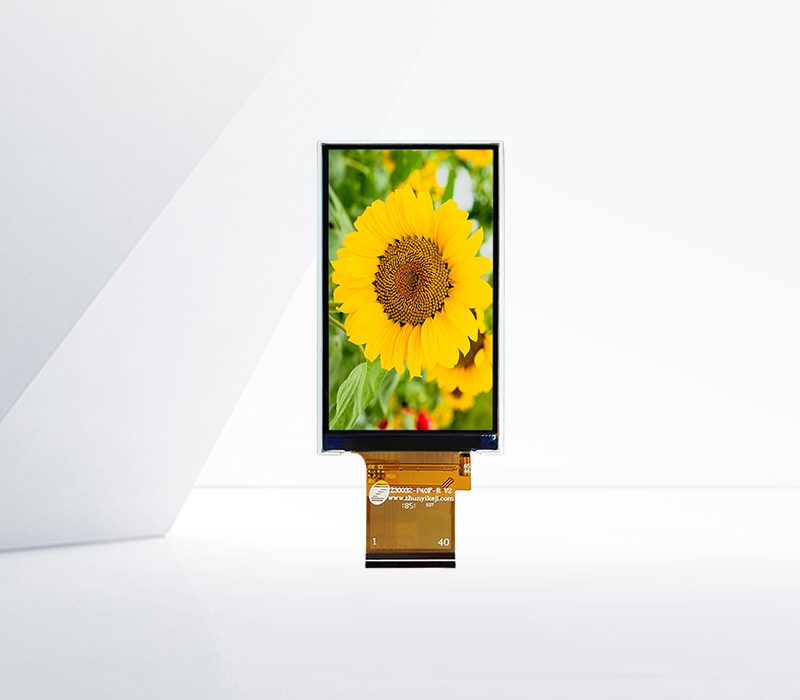




Outdoor touch screens are exposed to a variety of harsh environmental conditions, and protection level standards are crucial to ensure their reliable operation. The most commonly used standard for assessing the protection of outdoor touch screens is the Ingress Protection (IP) code.
The IP code consists of two digits. The first digit indicates the degree of protection against solid objects, such as dust and foreign particles. For outdoor touch screens, a high first - digit rating is essential. For example, an IP5X or IP6X rating is often required. An IP5X rating means that the touch screen is protected against dust ingress that may interfere with its operation. Although some dust may enter, it will not cause any harmful effects. An IP6X rating offers even higher protection, providing complete dust - tightness. This is particularly important as outdoor environments are often dusty, and dust accumulation inside the touch screen can lead to short - circuits or reduced touch sensitivity over time.
The second digit of the IP code relates to protection against water. Outdoor touch screens need to withstand rain, splashing water, and in some cases, immersion. A rating of IPX4 or higher is typically necessary. An IPX4 rating indicates protection against water splashing from any direction. This ensures that the touch screen can operate normally even in rainy conditions. For more extreme environments, such as near water bodies or in areas with high humidity, a higher water - resistance rating like IPX7 or IPX8 may be required. An IPX7 - rated touch screen can withstand immersion in water up to a depth of 1 meter for 30 minutes without any damage, while an IPX8 - rated touch screen can endure even deeper immersion and longer exposure times.
In addition to the IP code, other factors such as resistance to sunlight, temperature variations, and mechanical impacts are also considered in outdoor touch - screen protection. UV - resistant coatings are often applied to protect the touch - screen surface from the damaging effects of sunlight. The touch screen should also be able to operate within a wide temperature range, typically from - 20°C to 60°C or even more extreme temperatures depending on the application. Impact - resistant materials and designs are used to protect the touch screen from accidental bumps and falls in outdoor settings. Overall, meeting these protection level standards is essential for the long - term functionality and durability of outdoor touch screens.
